For the beard’s texture I had to UV unwrap it and bring it into substance painter. As I did that, I noticed that the spheres at the end of the pistons were see-through, similar to Ship-E’s tanks and exhaust in Semester A. Since this happened to me already, I knew instantly to go back into the blender file and recalculate the normals. This fixed the problem in no time and I could proceed to texture the beard.
I created a smart material for the beard that consists of Aluminium coated with silicone, that has scratched edges to show that the beard has been in use, it has some dirt and dust on it to add to the aesthetic of the beard having been used. This dirt and grime allows for the object to seem more tangible, believable and real. Aluminium doesn’t rust or oxidise, hence it is a good choice for objects that are in constant contact with human skin and humidity. The silicone coat would allow the individual more wearing comfort and more possibilities to customise the beard’s design to one’s liking. For the colours of the beard, I had 3 colour schemes in mind, red and purple , so that it would fit with the actor’s clothing, red and black or pure black. 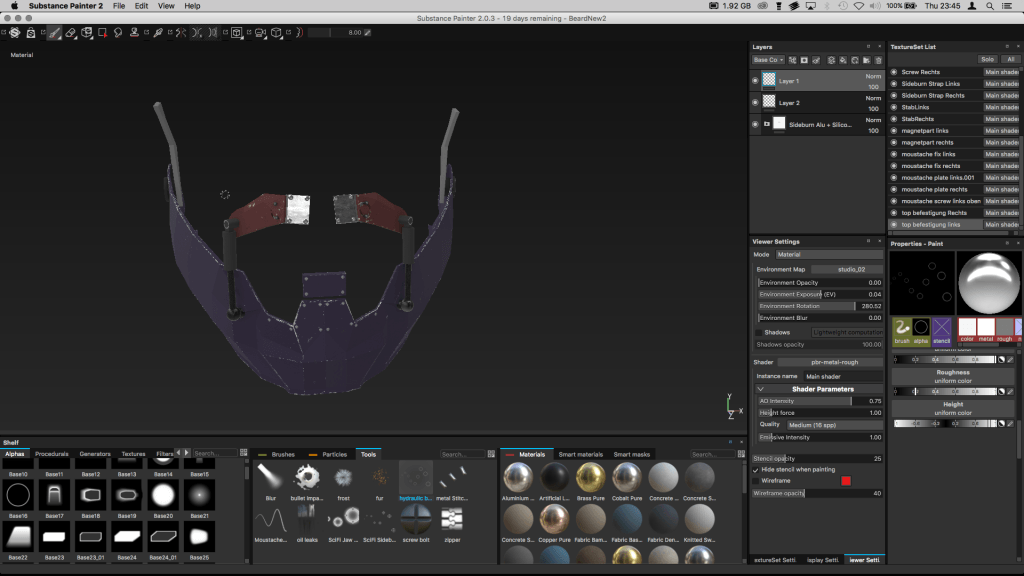


Jacob suggested to put some unisex golden ornaments onto the beard to make it fancier and visually more appealing. I wanted to combine old and new designs so I decided to combine ornamental flowers and leaves with harsh triangular shapes. The ornaments are alpha plates that I downloaded from free-to-use sites and made into a brush in Substance Painter. The final beard’s texture is black with gold ornaments and a few uncoated aluminium pieces.
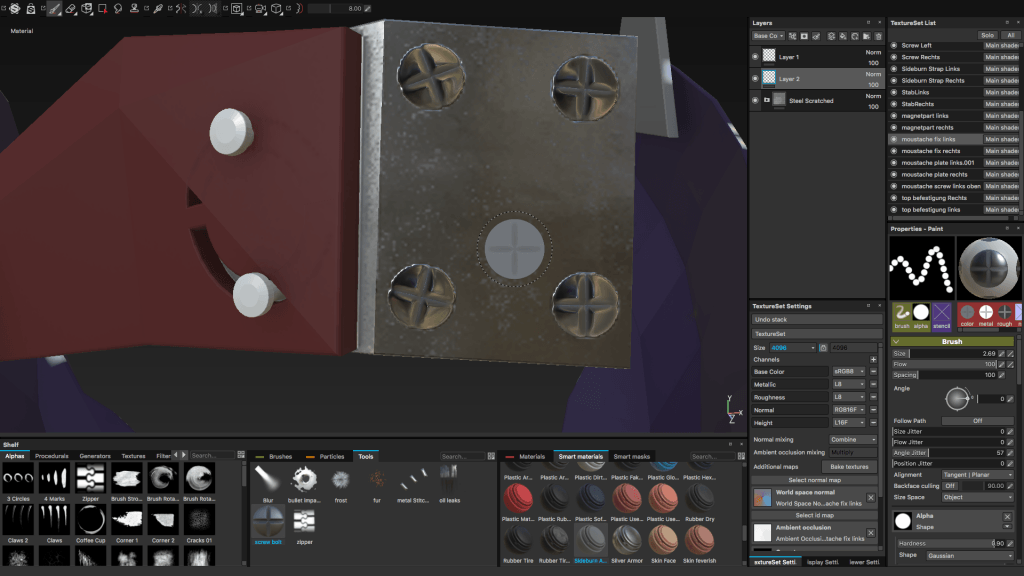 I used screw brushes in Substance painter to paint screws on to the mesh.
I used screw brushes in Substance painter to paint screws on to the mesh.
For the screws on the side of the jaw I repurposed a window alpha plate that came with an alpha brush pack from Jonas Ronnegard, that I bought on gumroad. I used this brush pack more for the textures of the Drones.

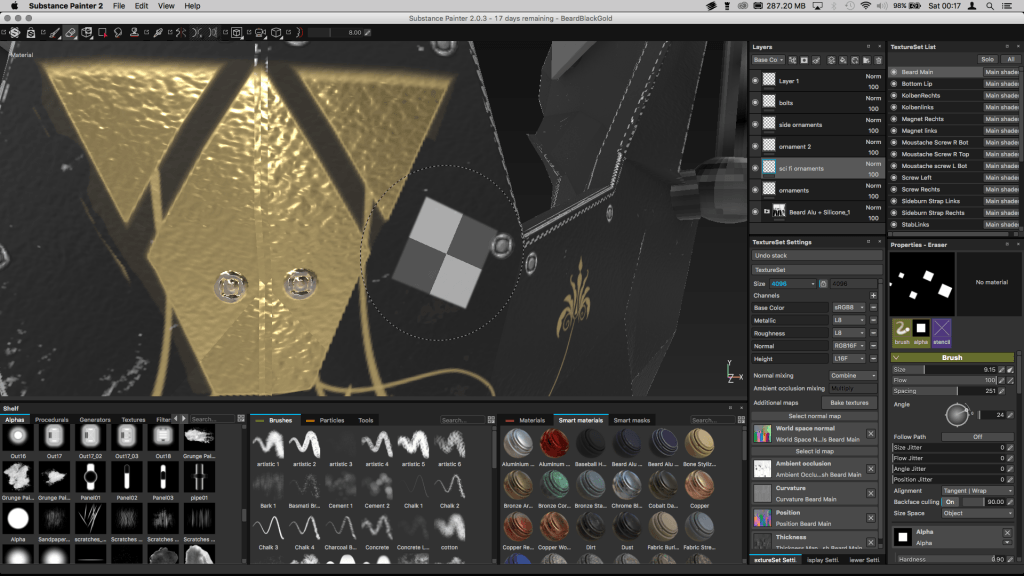
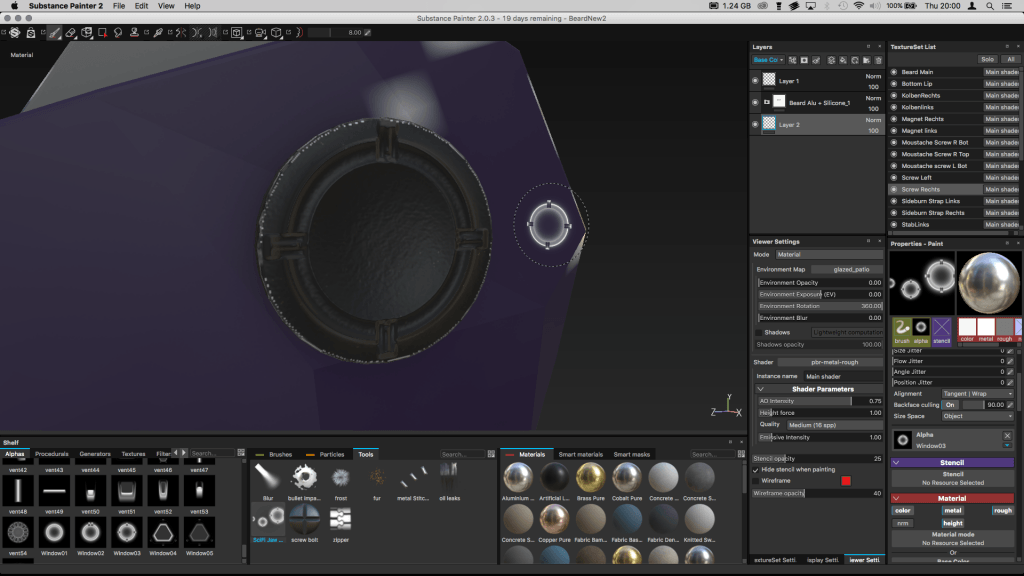

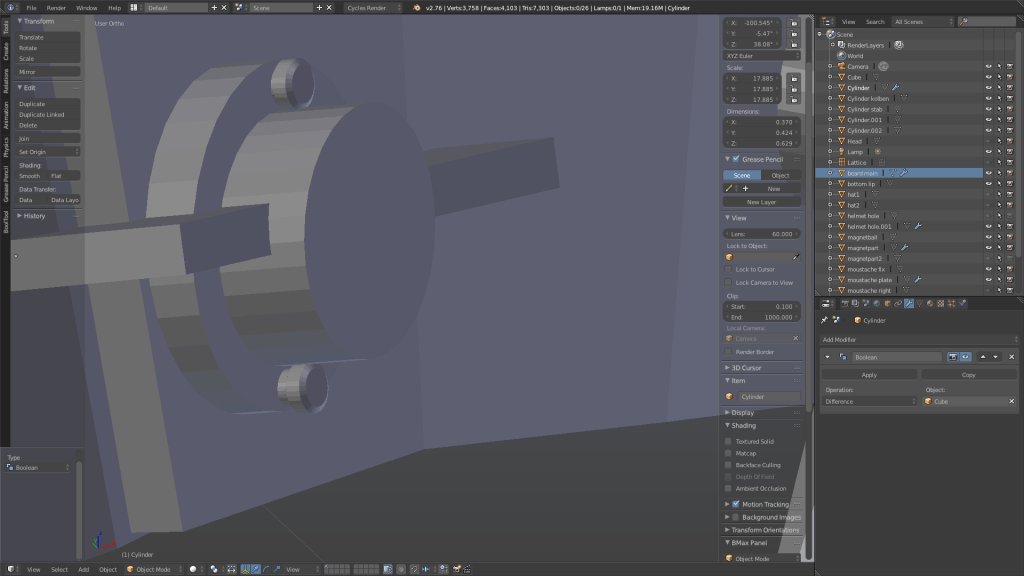
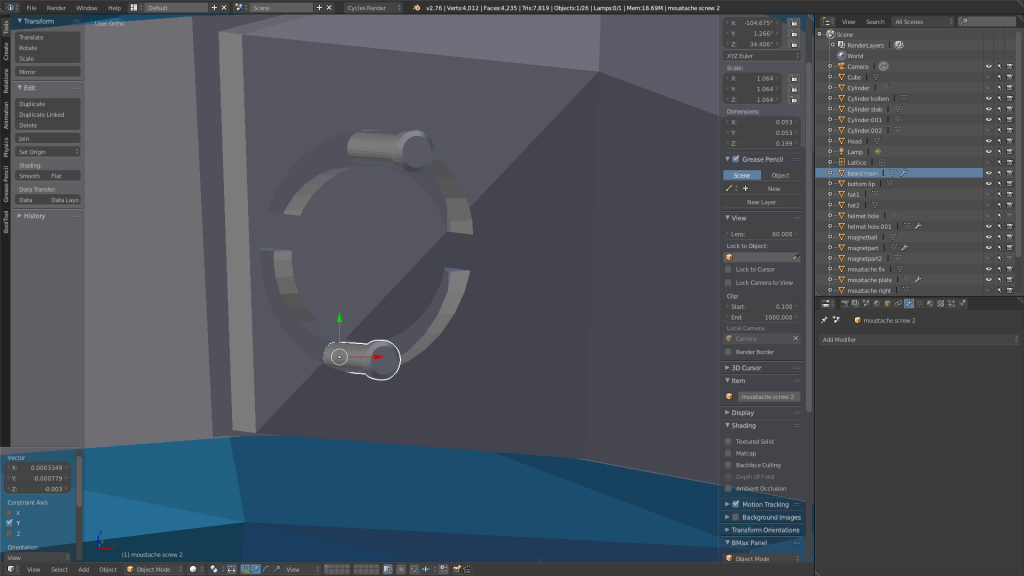
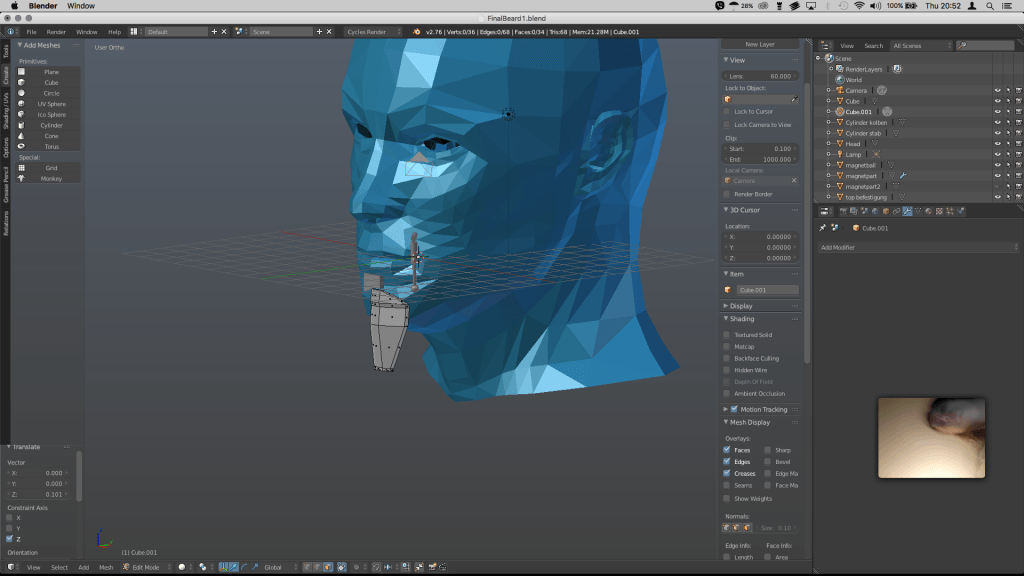
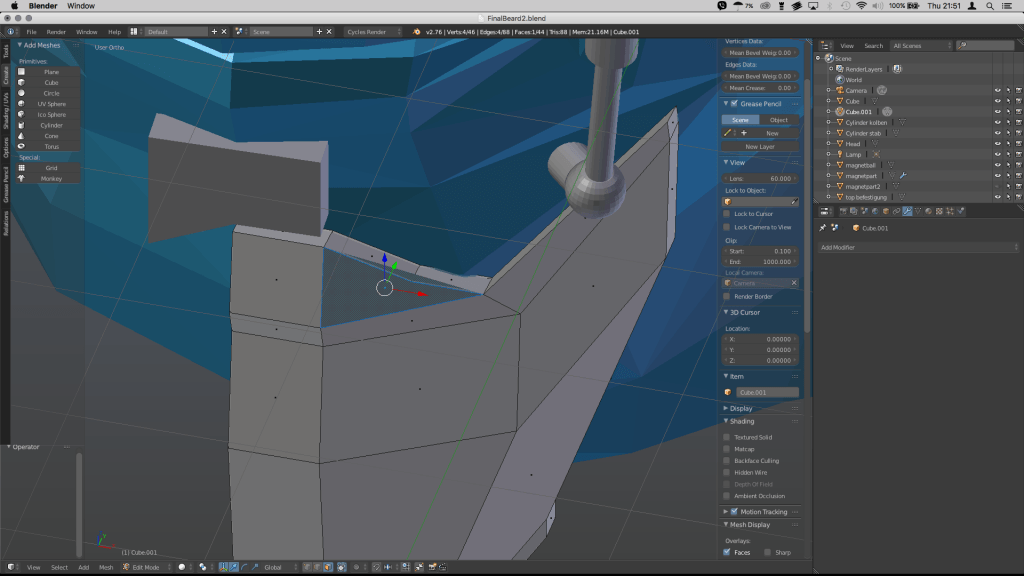
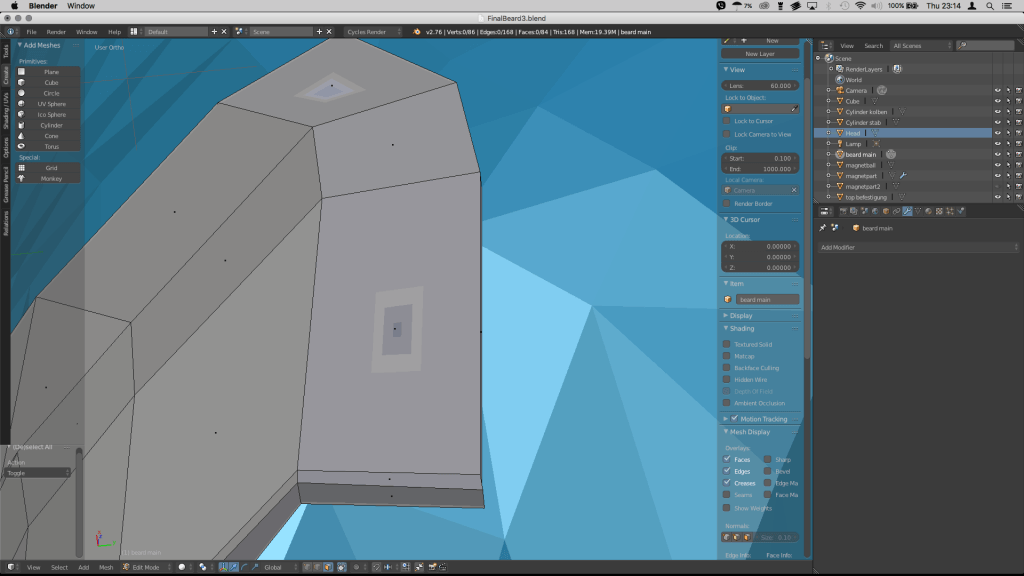
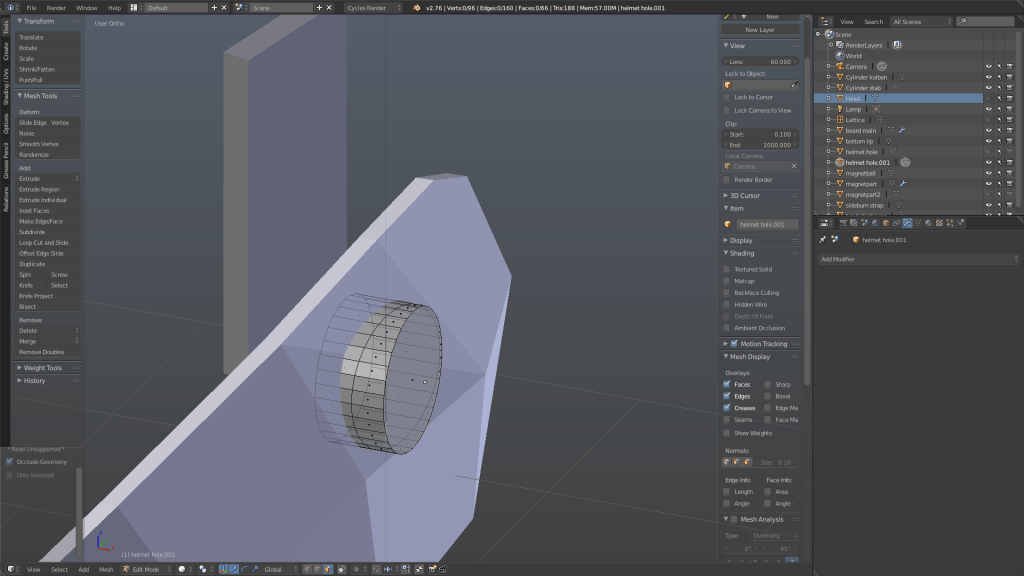
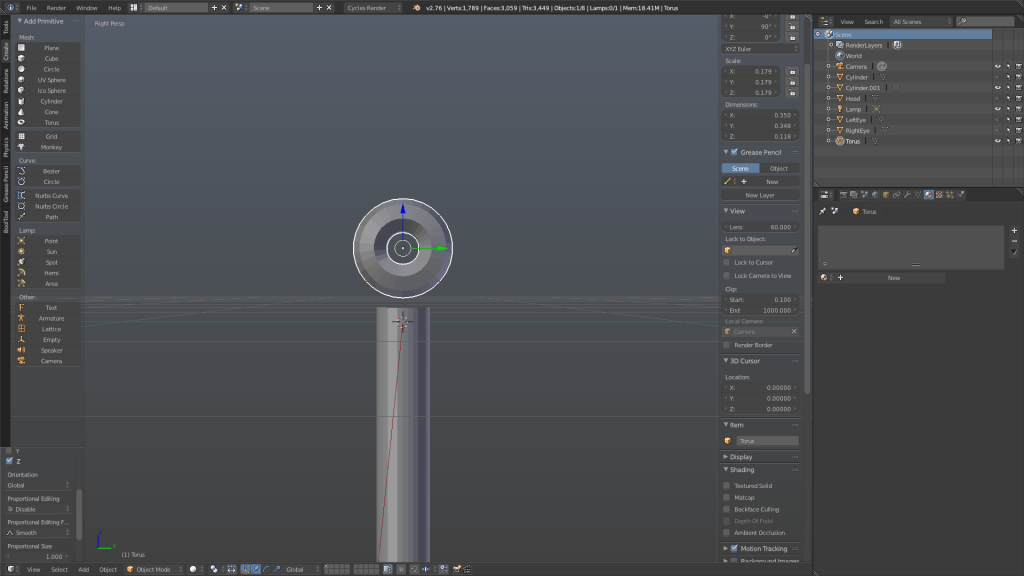
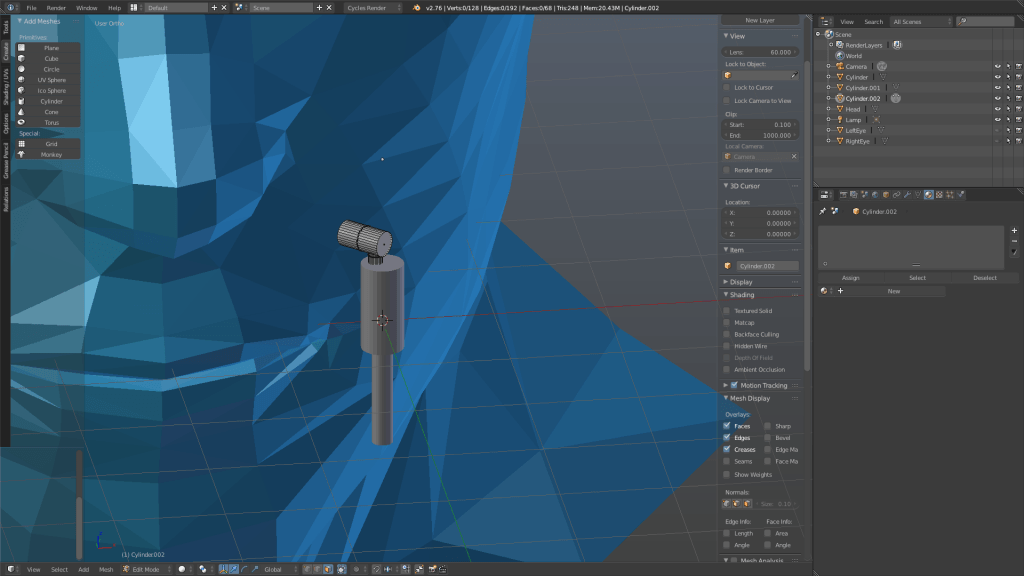
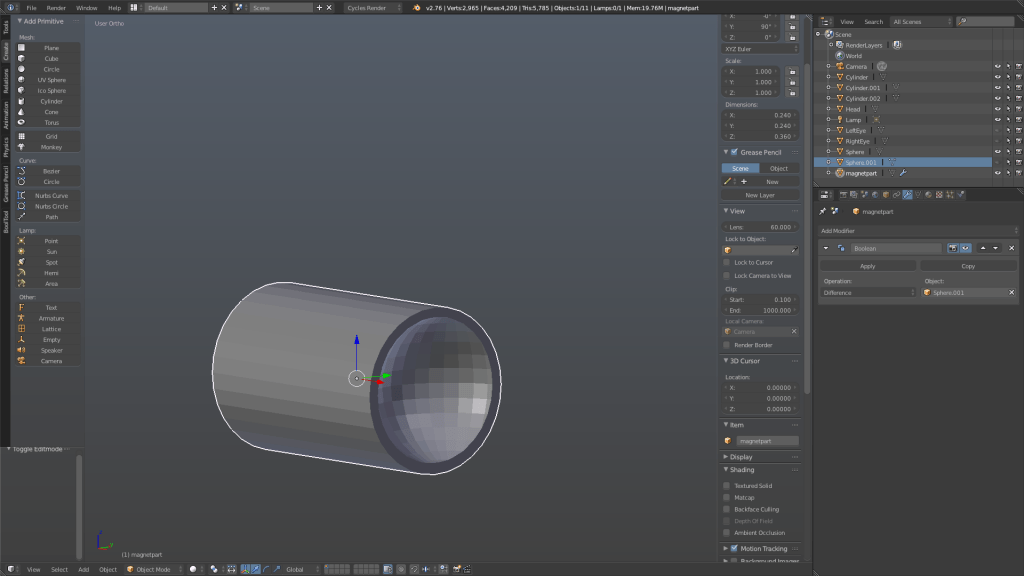


Recent Comments